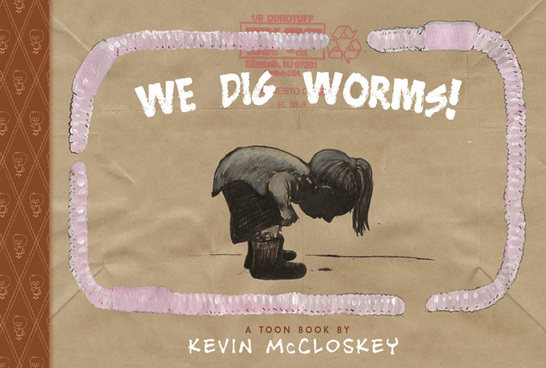I want you to choose, but...
Spending time with texts they can read significantly supports growth in reading. How do we honor their interests as readers while they are still taking those very first steps into books? How do we put books in their hands they will love and they can read? How do we help them to find books that will help them grow as readers? I want to honor their choices. I want to see them fall in love with authors. I want them to want to take home the book I read aloud to the class. I want them to come back from the library excited about their new choices. I also hope a significant portion of their reading time will be spent on books they can read instead of books which are too challenging. What to do?
Self-selected reading is something I want my readers to have the opportunity to do. At the same time, I know the importance of students reading books that are a good match for them as readers. Experience has taught me if I can help students to make smart choices, they make faster progress as readers. I do want them to learn to make these choices on their own. I've never been one to want my students to shop for books from leveled baskets. I want them to be able to select books from our classroom library so they can go to a library or bookstore utilizing the same strategies to find a book that works for them as a reader.
This is always a tough conversation because I want my words to be just right. I want students to hear the love of reading in my voice. I want them to know that I pick books for a variety of reasons. I want them to know I sometimes choose books that are more challenging, but that I can't spend all of my time reading challenging books. It's actually exhausting.
The conversation to help students self-select doesn't happen magically in a day. It's a series of conversations woven together across time. In the beginning days, there are picture books I love to read to help students understand there are books that fit us now and books we will grow into later. To help them to begin to think about balancing their choices, I use a system where students determine who will read a book going home at night:
- me (I'll read it)
- you (mom or dad will read it)
- us book (there are parts I can read)?
This has helped to honor their choices as readers a bit, but it has never felt concrete enough.
This week I was talking with a first grade teacher after school. We began to talk about this challenge of honoring students hearts as readers while helping them to choose books they can read independently for understanding. We don't want to limit our libraries. How could we support young readers in this conversation? As we talked we began to think about what we wanted students to be able to consider in these beginning steps. As we talked we realized we wanted students to make choices based upon their heart, head, and eyes.
HEART: A book should always feel good to our heart. There's just something that made us pick it up. Maybe we can relate to the character. Maybe we love the author. Maybe the illustrations are calling us. A book that is a good match for our heart will be a book we want to tell other readers about.
HEAD: A book needs to be a good match for our thinking. When we read we are trying to determine what the author wants us to know. This means paying attention to the text, understanding characters, inferring meaning, and thinking deeply about text. A book that is a good match for our head will be one we can think, talk, and write about.
EYE: A book needs to have readability. We need to be able to use our eyes (and some good reading strategies) to read the book. This is quite simplified, I realize, but we want students to be able to choose a book they can read independently. I don't want students to think reading is about getting the words right, but I want a way to help them understand readability is one part to consider in making book selections.
As we talked we felt that talking about these three aspects of book choice with our readers will allow us to honor all students and their choices, while giving us a way to talk about the aspects of our selections we may need to think more about.
In this way, we can honor the choices readers make for a variety of reasons in our conversations. We can talk more about the reasons for our selections and begin to help students to think about book choice in new ways. It will allow us to also work toward finding the sweet spot for choice where books work for our heart, our head, and our eyes. This will allow us to talk about balance in our reading lives. It's okay as beginning readers to pick books that speak to our hearts as that is what readers do, but some days - and more and more days - we need to choose books that bring all of the pieces together.
Other Post of Interest
Catching Readers: Leveled Books - Questioning Our Practice Part I and Part II
Reflect and Refine: Home Reading: It's a Reader's Choice
Reflect and Refine: Real Reading
Jennifer Serravallo: Choice During Independent Reading: What's a Teacher to Do?
Education Week: Roadblocks to Reading: An Interview with Richard Allington











